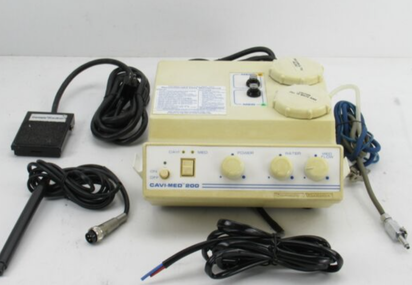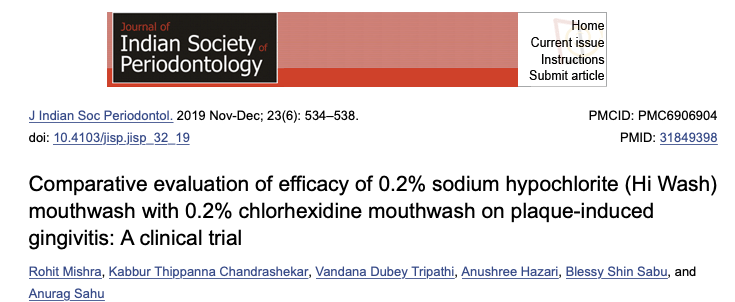MID, THERE IS ANOTHER WAY

The basis of the content here are from Kirks lectures on the subject.
There have been many advances, and there may be some products here that have been replaced by updated or some may no longer be in circulation. There have been many instances throughout my career where good materials and techniques are no longer used, or worse. If you have any suggestions please get in touch.
My interest is varied. I used a cavimed years ago, and made my own peioochips with metronidazole and acrylic.
When we had a problem with legionaries I invested in a Sterilux unit, with hypochlorous acid. I wondered on a safe concentration to use in my ultrasonic. So I went and asked a professor of periodontology. He didn't know. What is a safe concentration of hypochlorite to use. No one knew as it was too cheap and they couldn't fund the research unlike the funding by GSK for their mouthwash. We know now. So what is the volume and concentration that is of risk for endodontics? And why do we need rubber dam for endodontics, and not for placing an implant especially when we have no need in the vast majority of cases for hand files following the advances in rotary systems? If only hypochlorite tasted nice.😁
There have been many advances, and there may be some products here that have been replaced by updated or some may no longer be in circulation. There have been many instances throughout my career where good materials and techniques are no longer used, or worse. If you have any suggestions please get in touch.
My interest is varied. I used a cavimed years ago, and made my own peioochips with metronidazole and acrylic.
When we had a problem with legionaries I invested in a Sterilux unit, with hypochlorous acid. I wondered on a safe concentration to use in my ultrasonic. So I went and asked a professor of periodontology. He didn't know. What is a safe concentration of hypochlorite to use. No one knew as it was too cheap and they couldn't fund the research unlike the funding by GSK for their mouthwash. We know now. So what is the volume and concentration that is of risk for endodontics? And why do we need rubber dam for endodontics, and not for placing an implant especially when we have no need in the vast majority of cases for hand files following the advances in rotary systems? If only hypochlorite tasted nice.😁
Conclusions:
0.2% sodium hypochlorite mouthwash is as effective as 0.2% chlorhexidine for the treatment of gingivitis as it is an adjunct to mechanical plaque removal in terms of safety, less side effects, less staining and can be used as a routine mouthwash.
0.2% sodium hypochlorite mouthwash is as effective as 0.2% chlorhexidine for the treatment of gingivitis as it is an adjunct to mechanical plaque removal in terms of safety, less side effects, less staining and can be used as a routine mouthwash.
